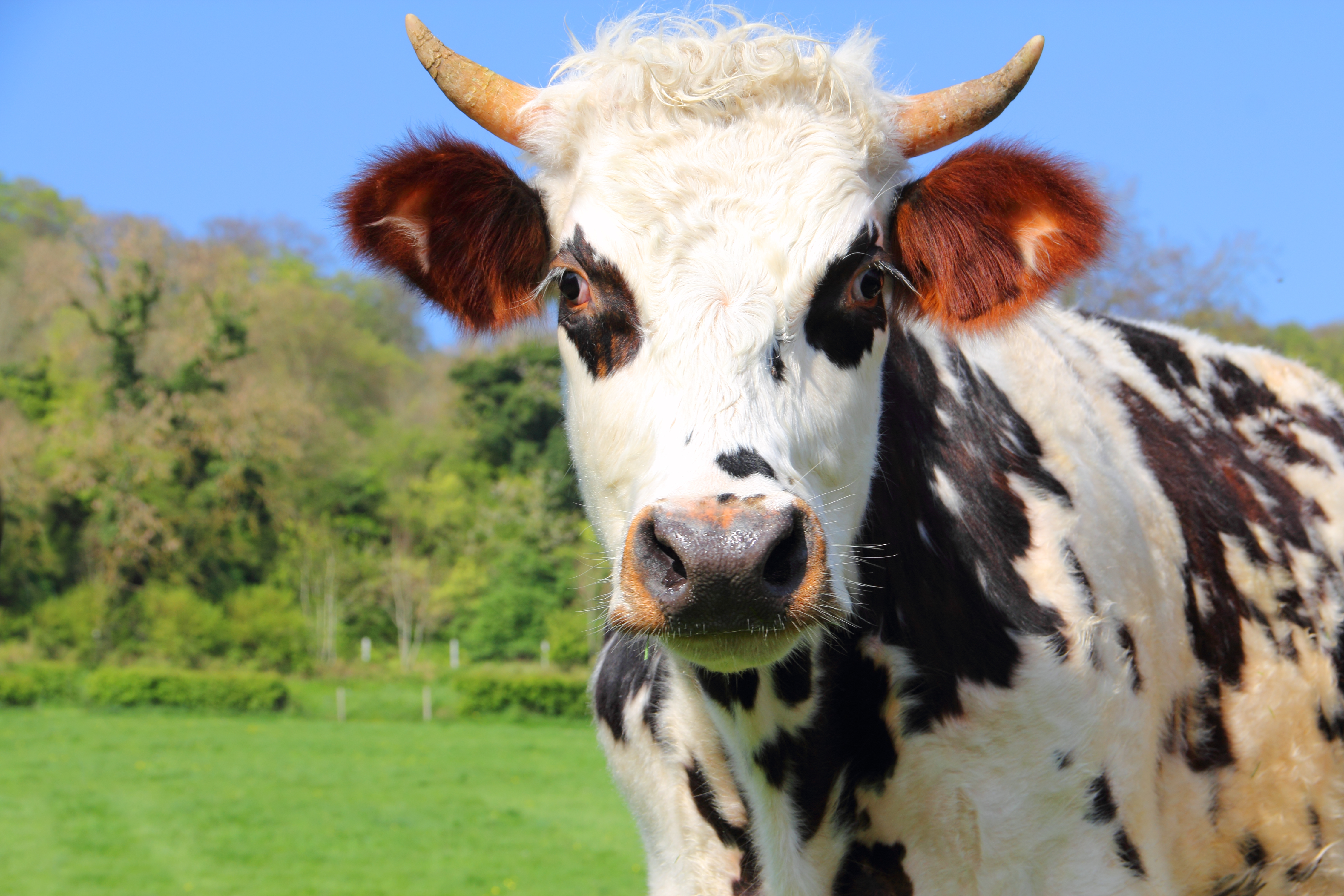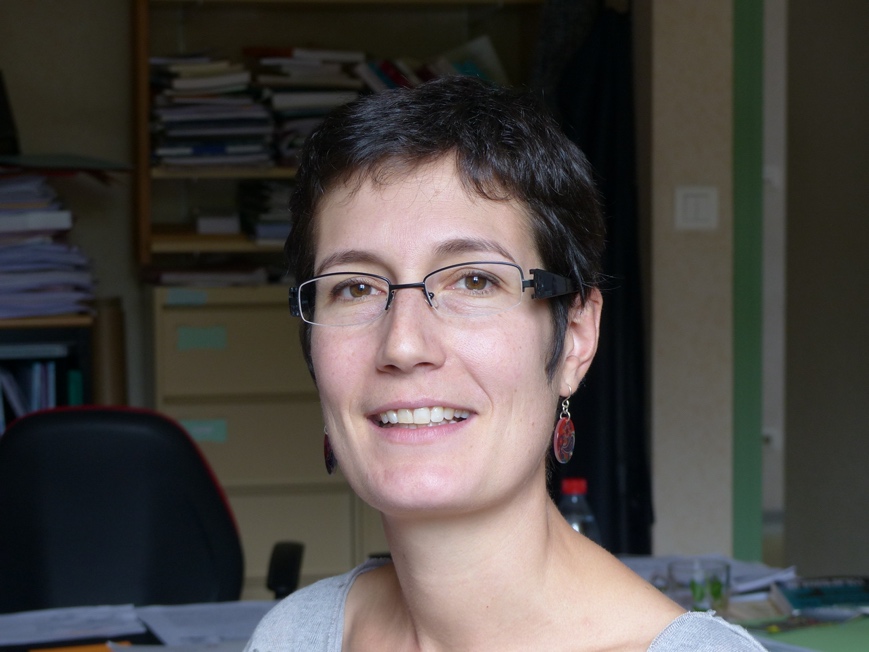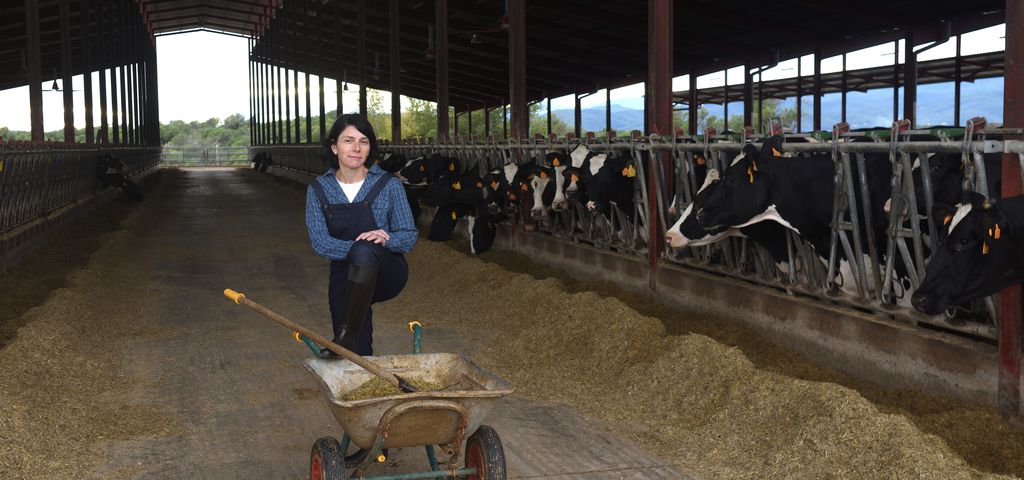For the last two years I have been working on the use of alternative methods of herd health management by dairy farmers. The term "alternative" covers a range of very different therapeutics, such as homeopathy, phytotherapy, the use of essential oils or the OBSALIM® feeding technique. The special place of women in animal care became apparent to me during investigations carried out on this subject. In the Franche-Comté region, I identified farmers using information from agricultural continuing education organisations; which gave me access to lists of people registered for training courses on animal health. In Normandy, a farm advisory body contacted me directly to ask me to accompany a group of farmers who were trained in aromatherapy and who wished to learn more about alternative therapies. In both regions, I noticed a large number of female dairy farmers among those taking part in these training courses. I have not yet been able to take this observation any further. In this piece, I will report on the similarities that appear in the professional trajectories of these women. I will also propose ways of further developing this subject.
Martine[1] is approximately thirty years old. She lives in the Franche-Comté region. She has a BTS (higher national diploma) in agriculture, and has worked for several years as a milk controller. She joined her husband on the farm after the birth of their two children, and following the retirement of her in-laws. She laughs as she explains that before she moved in, she was already "more or less" on the farm.
She quickly became responsible for the calf rearing . She worked for a while with her father-in-law, who had been in charge of it until then. He showed her how to do it, but she was not happy with it, she wanted to provide a different form of care. She chose to take training courses in order to learn about prevention methods. She was worried about applying all these antibiotic treatments.
"Then I did a training course on calf health management because I was missing that. My father-in-law used to take care of the calves and when I arrived, he told me: I'm giving you the baby. (Laughs) And he had his methods ... that were too brutal and I had to find alternative solutions ... (...) I used to work with my father-in-law to provide care, so that meant pills, antibiotics. Injections as soon as things weren’t going well. As soon as they were born, we gave them … it was Locatim, it was a vaccine. It cost us an arm and a leg. And it didn't work any better!”
Nathalie, who lives in a nearby village, told me the same story. Nathalie has no agricultural training. But her parents were farmers, and as a teenager she chose another career path and became an accountant. Perhaps out of rebellion, she says. But she had always loved taking care of animals. Her husband initially was in a farming business[2] with his brother, but the agreement did not last and the GAEC was dissolved. They moved to another county, where they found a farm to run. So after her third child was born, Nathalie finally decided to become a livestock farmer.
"Well, I come from a farming background, my parents are farmers. So I spent my childhood on the farm. And then, when I had to choose a career, I ... my parents really saw me as a farmer, but I didn't see myself as that at all. I think it was a bit of a teenage reaction. So I went into accounting, working at the agricultural economic management centre, and then I worked for a chartered accountant, and then... when I got married I went back to the economic management centre. And then ... well, I was going to help my husband, mainly on Sundays - because it was a GAEC, we worked every other Sunday. My brother-in-law also had a son who was ready ... who had almost finished his education and was going to set himself up, so we told ourselves, well, we still had small children, so we felt, maybe it's time to leave, and let him set himself up and then ... (…) So we looked for a farm, and we immediately came across this farm here.”
Nathalie managed to obtain an agricultural diploma by validating her experience on her husband's farm. She nevertheless decided to take a training course on animal health, because she wanted to put an end to all of those injections given to animals. So she became interested in alternative approaches to health (phytotherapy in particular) and in the use of essential oils.
"Well, I'm sure there are other ways to provide care than simply giving injections. I mean we don’t do any vaccinating. I'm against injecting animals all the time. I mean it’s pointless.”
Not far from there, Françoise, an acquaintance of Nathalie's, has also been taking part in animal health training courses for several years. She uses a range of therapeutics on her farm - homeopathy, phytotherapy, essential oils, acupuncture, etc. Françoise has always been a livestock farmer, but for many years she divided her time between farm work and her children. When the children left home, she wanted to put more into her profession. She became more interested in herd health management. The veterinary bills were too high and the animals were too often sick. And then there were all those injections to be done. Something had to change.
"Why did you decide to learn about animal health?
Well ... to reduce vet costs! That’s why. To have … another method to get the herd healthy. It really was to … well, to work on prevention: so phytotherapy, and on the curative aspects … something other than drugs … allopathic medicine, that's what.”
 On the other side of France, in Normandy, Sandrine told me a similar story. Sandrine does not have an agricultural background; she had never thought about becoming a livestock farmer. For several years she temped as an IT specialist. The question of working on her husband’s farm came up during a period of unemployment. Her mother-in-law is going to retire soon and her husband will not be able to cope with the farm work on his own. Sandrine is already helping him, driving the tractors in the summer during the harvests and helping with the milking at weekends. And her last work experience went badly. So she took the plunge, obtained an agricultural diploma from an adult education course and began the setting-up process.
On the other side of France, in Normandy, Sandrine told me a similar story. Sandrine does not have an agricultural background; she had never thought about becoming a livestock farmer. For several years she temped as an IT specialist. The question of working on her husband’s farm came up during a period of unemployment. Her mother-in-law is going to retire soon and her husband will not be able to cope with the farm work on his own. Sandrine is already helping him, driving the tractors in the summer during the harvests and helping with the milking at weekends. And her last work experience went badly. So she took the plunge, obtained an agricultural diploma from an adult education course and began the setting-up process.
Like Martine, she began by taking charge of the calf breeding. She changed the animals’ feed and she improved housing conditions, by fitting out the building. She also took training courses in aromatherapy with a local agricultural development organisation. These choices have paid off: the calves are in better health, they grow faster, and above all mortality is almost zero.
First the calves, then the cows. Several of the women we met are trying to ensure that the changes continue, from young animals onwards to the adults. To replace antibiotic injections with other types of treatment, to introduce better prevention in order to avoid mammary inflammation and coughs. But the cows are the husband's domain, and he remains sceptical about these alternative therapies. He needs convincing, to see evidence that it works. One has to get into his territory, provided there is no reduction of the milk production level and no animal loss .
In the Jura, Martine is struggling to convince her husband to use homeopathy to treat mastitis: "If it doesn't work fast enough, we'll switch to antibiotics," he tells us. In Normandy, Anne quickly demonstrated the value of aromatherapy both to her husband and to their employee.
When I did the aromatherapy course, my husband didn’t really like the idea. Well, it's not that he didn’t like it, it's that he didn't believe in it. So when I came back and I started ordering my oils and then using them, he was convinced, but not overly. And my father-in-law, (…) he told me at the time: "yes, it's a quack cure ..." So, well... So from the outset I didn't have very much ... support, except from my employee !
Oh, really? He took an interest ...
Yes. Yes. So, well, I started using what I’d learned, anyway. And then, well, we got the first results, and all that... Well, since then, of course my husband now says ok. Sometimes, when I don't immediately find the right treatment or when I have to use antibiotics, I get a bit discouraged. But he can see that it bothers me. So he says, "No, keep on using it! You can see you’re getting results, you have to keep going! So it's true that at the moment, it's nice because he encourages me. Well, he doesn't use it himself. But my employee does. Well, when I'm here, he doesn't use it. On the other hand, we went skiing for a week ... I let him decide. I said: during the week, if there's mastitis, you do what you want. You can use antibiotics or you can use oils. I’ll give you the protocol ... He said, "No, no, I'll try the oils.”
These stories told by female dairy farmers share certain common characteristics. They used the same arguments to explain the utility of alternative animal health treatments For them, it is a question of reducing veterinary costs - and thus increasing profitability - and also of changing human-animal relationships: avoiding traumatic interventions such as injections, having healthier animals, and, more broadly, working with them in a more cooperative fashion. Furthermore, these women have similar trajectories: the majority began working on their husbands’ farms after an initial professional experience elsewhere. In this way they come as reinforcements, taking charge of a secondary production workshop. They have to prove themselves in these workshops. They also have to prove the effectiveness of alternative techniques to the other workers on the farm, in order to initiate a wider change in the management of the herd’s health.
Practices relating to animal health would therefore appear to reveal the evolution of relations between men and women in livestock farming. The women farmers I met are particularly engaged in animal care, and are simultaneously carrying out farm work and domestic chores. But they are also women who play a direct part in strategic decision-making on the farm. Behind the scenes, they are driving major changes in relationships with farm animals.
This piece has first been published in French on the Transhumances research blog, which we are thankful to to have allowed us to replicate it here !

